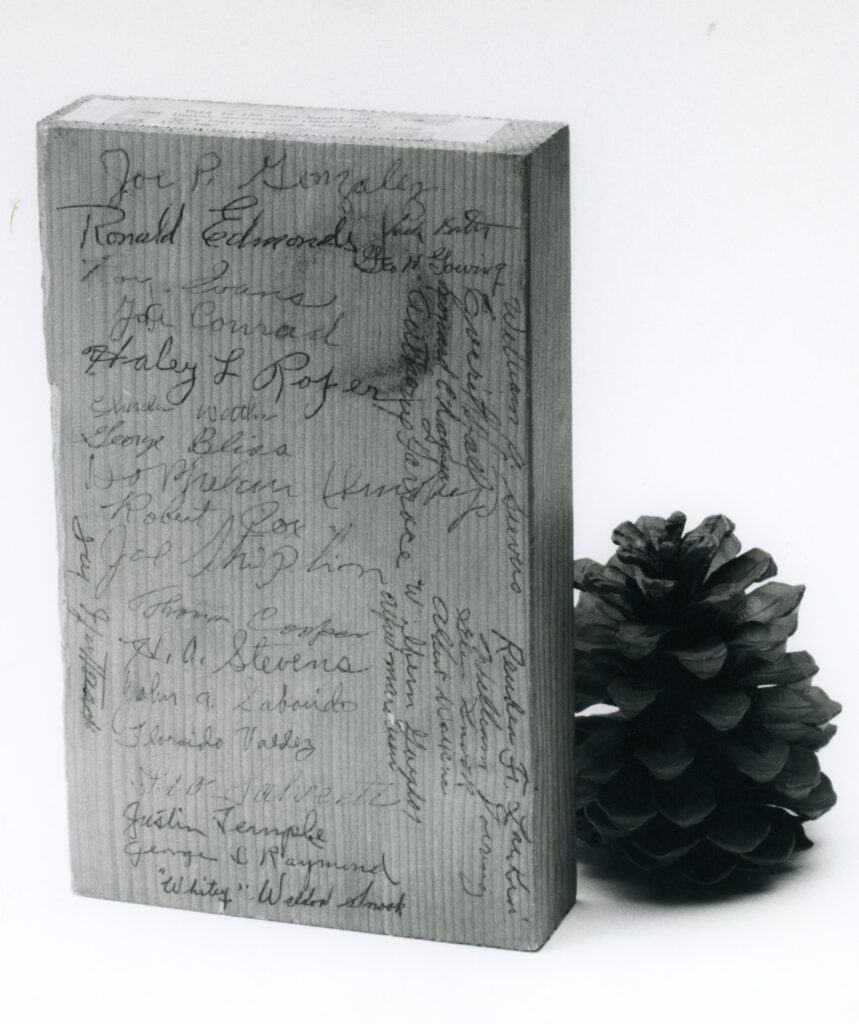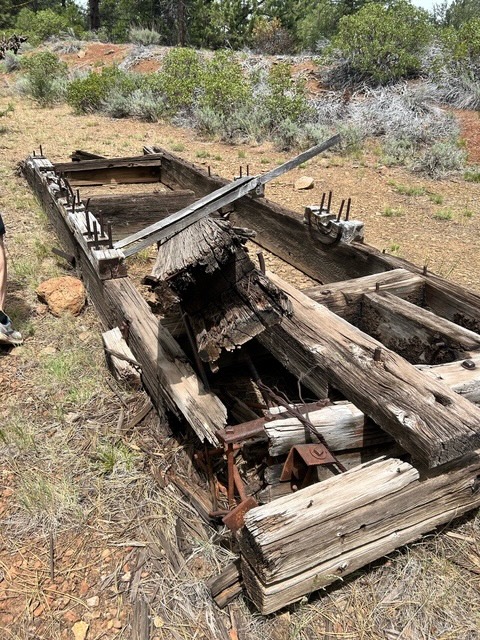
In early 1940s, the Red River Lumber Company proposed to build branch railroad logging line off the Western Pacific near Poison Lake with a final destination to Burney. That planned was on hold due the conditions of War World II and subsequent sale of Red River in 1944 to the Fruit Growers Supply Company. It should be noted that the Burney Tract contained estimated two billion board feet of merchantable timber.
Fruit Growers surveyed the railroad line descending off the Hat Creek Rim near Cassel then onward to Burney. In 1949, the Harvey Railroad logging line shut down. The rails were stored Halls Flat near Poison Lake, and that increased the speculation of the pending railroad. Then things got complicated and a new player enter the field the McCloud River Lumber Company. McCloud’s mill was sixty-one miles northwest of Burney. The Company was expanding to the south and had eye on the Burney Tract.
In 1951, Fruit Growers and McCloud drafted a mutually beneficial agreement. Fruit Growers would build the line they had surveyed from Poison Lake to Burney and lease it to McCloud, who would be responsible for operating and maintenance. McCloud would eventually scrap the Poison branch. Instead, McCloud extended its line to Burney and on July 3, 1955 the formal dedication of that line was held.

















